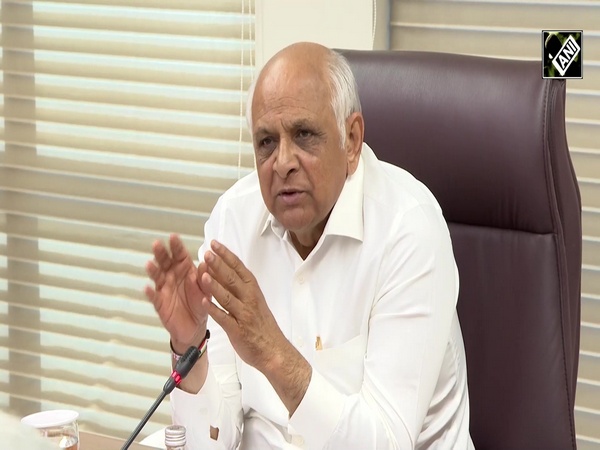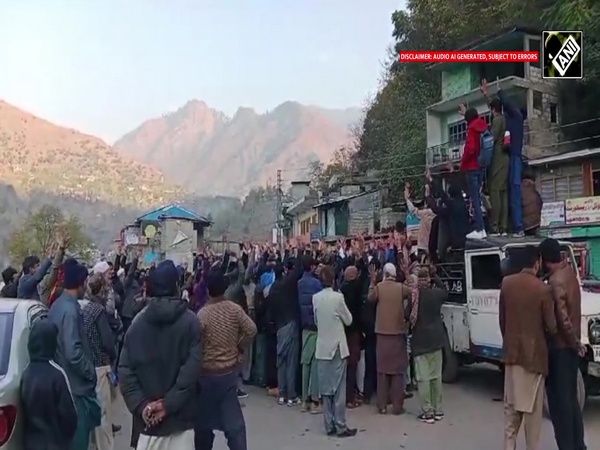"Cryptic in many ways": Expert Mark D Martin on Air India crash preliminary report
Jul 12, 2025

New Delhi [India], July 12 : Mark D Martin, Founder and CEO of an aviation safety and consulting firm, on Saturday said that the preliminary report by the Aircraft Accident Investigation Bureau (AAIB) on the Air India flight 171 crash was "cryptic" in many ways.
He argued that the Ram Air Turbine (RAT) in the aircraft was only deployed in the event of engine failure.
"It is the initial report, and it is quite cryptic in many ways. It says a lot of points that don't add up. If there were an engine failure, that is only when the RAT deploys. When the RAT deploys, there is only one course to restart the engine," Martin told ANI.
He said that incidents of fuel switches tripping to the "cutoff" position have been reported in the past. However, the Maintenance, Repair, and Overhaul (MROs) don't take seriously the circular issued by the Federal Aviation Administration (FAA), but only the Airworthiness Directive (AD) and Service Bulletin (SB).
"It has been reported in the past that the fuel switches have been tripped and gone back to the cutoff position several times. There is also an FAA AIB, a circular that has been announced. The sad part is that most MROs and maintenance companies in the world don't take AIBs seriously. They take the seriousness to an AD or an SB. It could have been one of the reasons for this incident," Martin said.
"We are still in the initial stage of investigation and still have 90 days for the full investigation report to come out," he added.
On Friday, India's AAIB released the preliminary report into the tragic crash of Air India flight 171, a Boeing 787-8 aircraft, which crashed shortly after takeoff from Ahmedabad's Sardar Vallabhbhai Patel International Airport on June 12.
The AI-171 flight, which was bound for London's Gatwick airport, crashed soon after takeoff from Ahmedabad's Sardar Vallabhbhai Patel airport. 260 people lost their lives in the accident, which included 229 passengers, 12 crew members and 19 people on the ground.
The report outlines a harrowing sequence of events that unfolded within 90 seconds of takeoff, as both engines of the aircraft shut down unexpectedly during the initial climb, leading to a catastrophic loss of thrust and rapid descent.

















